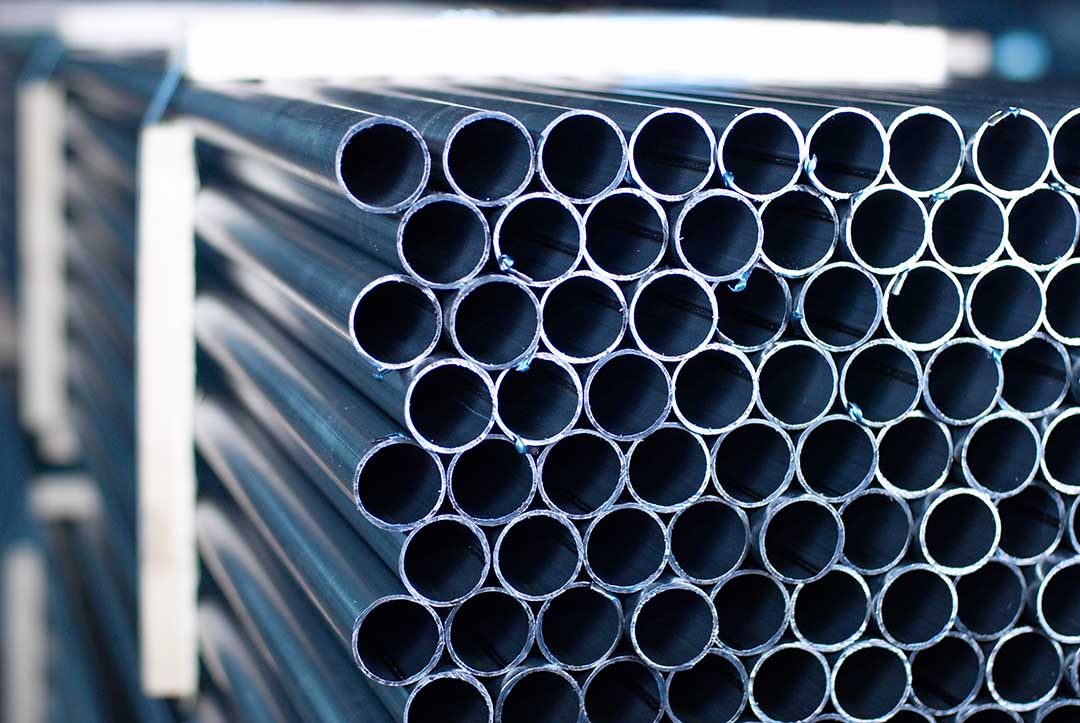Thinking about the piping setup might not be the most exciting part of planning a new industrial build, but ignoring it can cause serious issues later. From materials to compliance, there’s more to industrial piping systems in Australia than meets the eye. These networks are the backbone of operations; even small mistakes can cause delays, breakdowns, or safety risks. Whether you’re handling water, gas, or chemicals, the design must fit both the task and the environment. Careful choices made early will save time, reduce costs, and keep your system running for years.
Understanding the Role of Industrial Piping Systems in Australia
These systems do far more than move liquids from one point to another. They keep treatment plants, mining operations, power stations, and chemical facilities running day after day. Each must cope with high pressure, changing temperatures, and demanding conditions. A strong design can be the difference between smooth operations and costly downtime.
No two applications are the same. Some must resist harsh chemicals, while others must withstand heavy use or exposure to extreme climates. Without proper planning, even advanced facilities can face avoidable problems. When designed well, these systems meet today’s needs and deliver reliability, compliance, and room to grow. That’s why it makes sense to step back and look at the bigger picture before diving into the details.
Key Considerations When Planning Industrial Piping Systems in Australia
Designing a network is not just about connecting pipes. It’s about creating a dependable solution that performs well in real conditions over the long term. Every choice—from materials to installation—shapes how the system will work. Below are some of the most important factors to consider when planning a build.
Harsh Climate Factors
Climate can be challenging and varied, affecting how long a system lasts. The heat in remote regions, the inland chill, or the salty coastal air can each damage the wrong material. A reliable setup must resist UV exposure, expansion from heat, soil movement, and even chemical attack. Choosing poorly will cut its life short. Understanding these conditions from the start can help you narrow your choices to what works. Once this is clear, the next step is selecting the right material.
Material Selection Decisions
Price is always a factor, but choosing the cheapest option often costs more in the long run. Materials must suit what’s being carried, whether water, gas, slurry, or acid. Standards are strict, but each option—polyethylene, polypropylene, or PVDF—offers different strengths. The right choice depends on pressure levels, durability, and expected lifespan. With the material chosen, the focus should turn to the future. Today, a sound system must still be easy to inspect and upgrade tomorrow.
Maintenance and Access
Too many projects are built for the present but ignore the years ahead. A system that can’t be inspected or repaired easily will create expensive downtime. Good planning means clear records, accessible joints, and layouts that avoid tearing up floors for simple fixes. In a fast-changing industry, flexibility is key. Just as maintenance matters, compliance is equally critical. Let’s examine why meeting the rules from the start makes all the difference.
Meeting Regulatory Requirements
The rules for these systems leave little room for shortcuts. Drinking water, hazardous chemicals, and trade waste each have their own set of standards. Compliance isn’t only about avoiding penalties—it protects people, the environment, and your reputation. Partnering with skilled suppliers and engineers makes staying compliant far less stressful. Once you’ve cleared the compliance stage, attention should shift to quality installation. Even the best materials can fail if fitted poorly.
Installation Quality Matters
The strongest materials won’t last if installed the wrong way. Proper joints, correct alignment, and stable structures are vital for safety and function. Mistakes during installation often show up later as leaks, cracks, or failures. Using skilled contractors from day one protects your investment and ensures the system performs as designed. After installation, the job isn’t over. Keeping the system efficient requires regular monitoring.
Monitoring System Performance
A system should never be left to run without oversight. Tools like sensors, flow meters, and automated valves help detect problems before they become serious. They allow operators to fix minor issues early and keep performance steady. Monitoring doesn’t just protect the setup—it improves efficiency and lowers long-term costs. Of course, all these elements come together most effectively with expert guidance. That’s why early support is so valuable.
Get the Right Support Early
Success depends on more than just buying good pipes and fittings. It’s about how the whole system connects with your site, processes, and plans. Involving an expert early reduces risks, avoids inefficiencies, and ensures the network is built for today and tomorrow. This kind of foresight can save time, money, and unnecessary stress.
Proper support also makes handling regulations and technical details easier. With professionals guiding you, decisions on layout, materials, and access become clearer. It’s not just about installing a system—it’s about building one that will stay reliable and ready to grow. That’s why early guidance often proves the smartest investment.
Talk to Us About Industrial Piping Systems in Australia
At Agru Australia, we specialise in thermoplastic piping solutions tailored to these conditions. With decades of experience, we work with engineers, contractors, and project managers to deliver systems that are compliant, efficient, and built to last. Our focus is on performance, quality, and solutions that stand the test of time.
If you’re planning a new build, we’re here to help. Our team will support you in creating a network that meets your needs today and continues to perform for years ahead. Contact Agru Australia, and let’s make sure your system is built right from the start.



